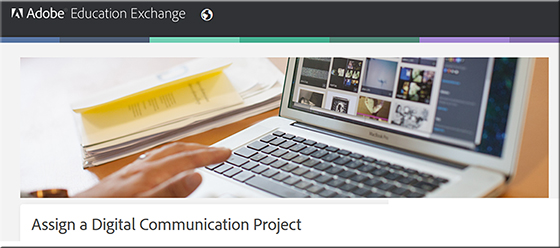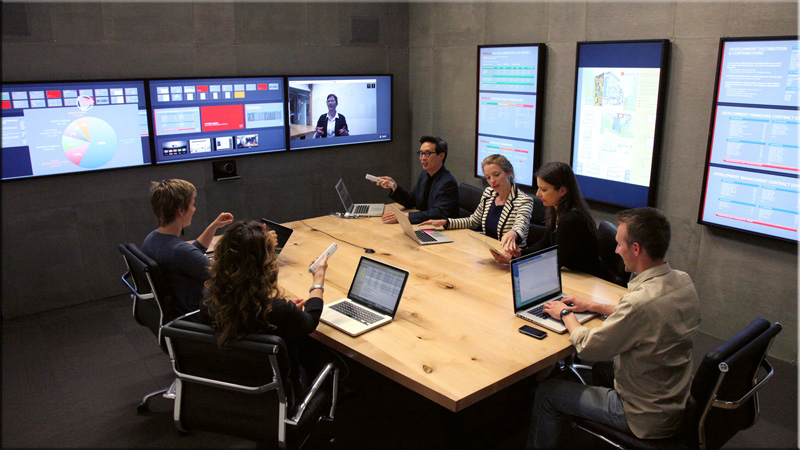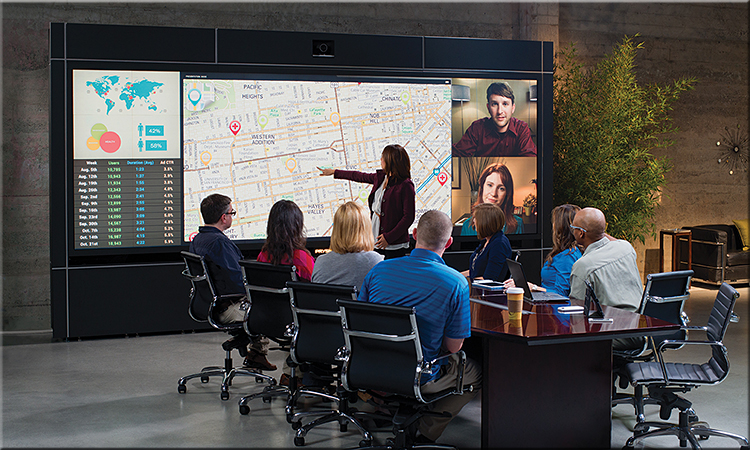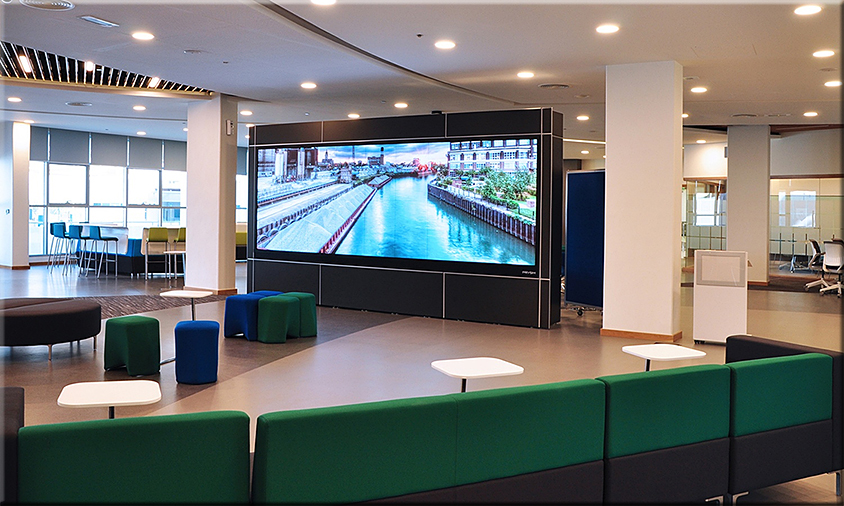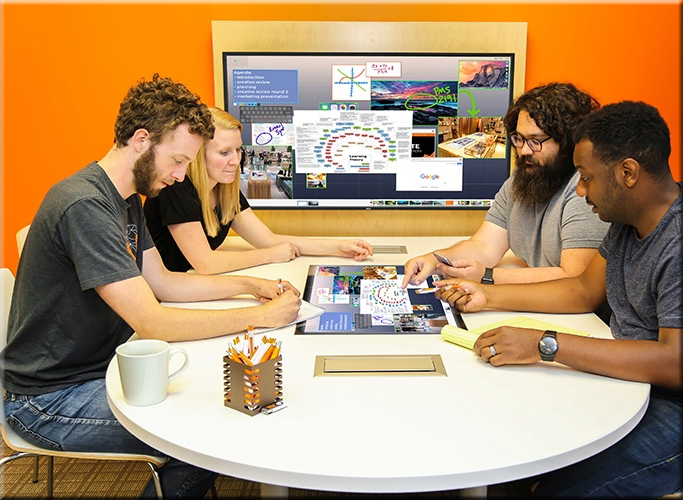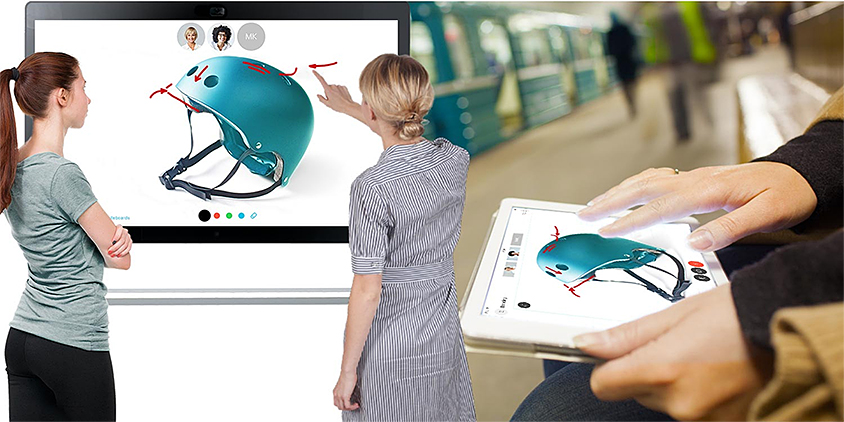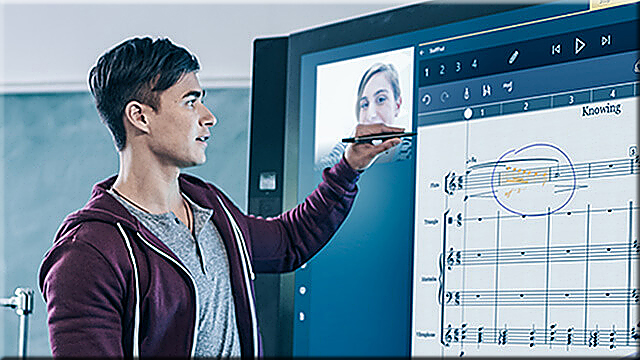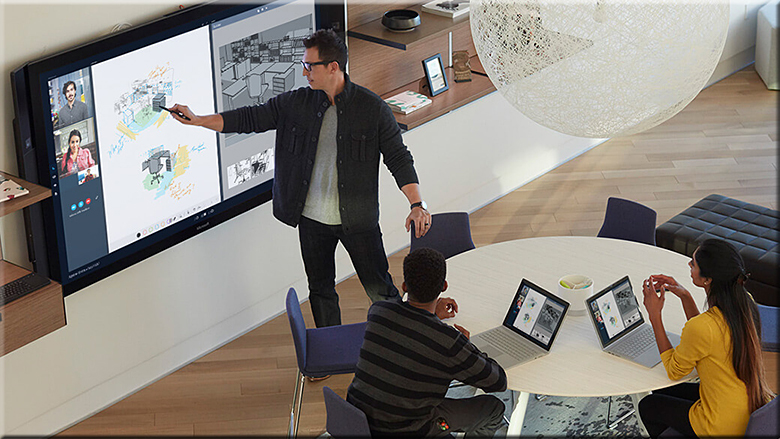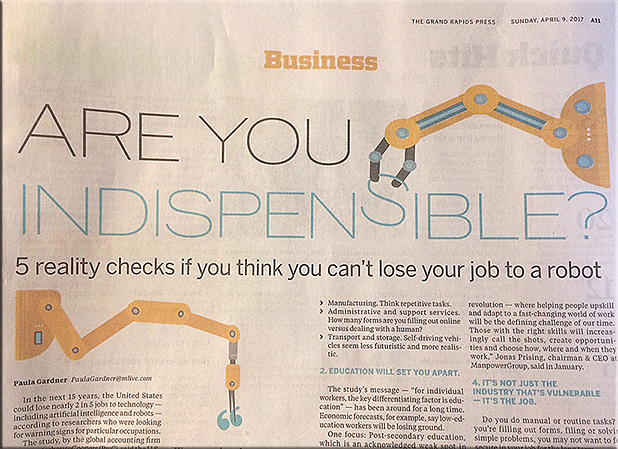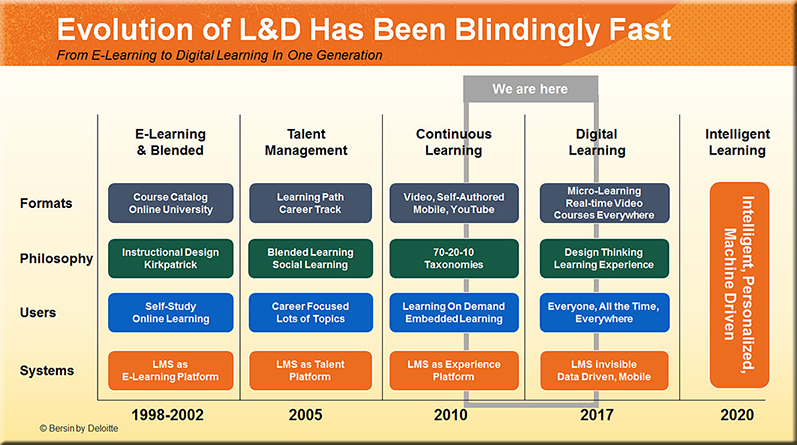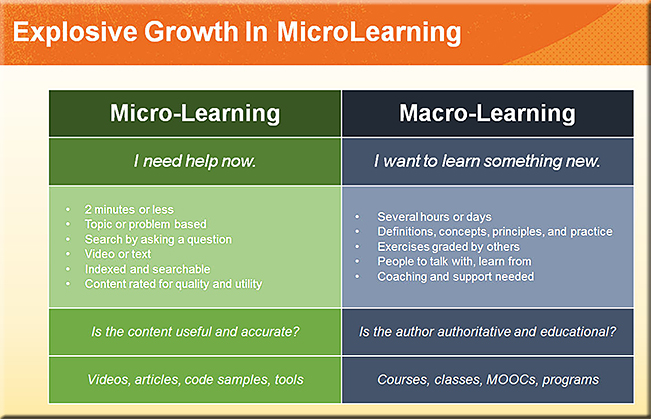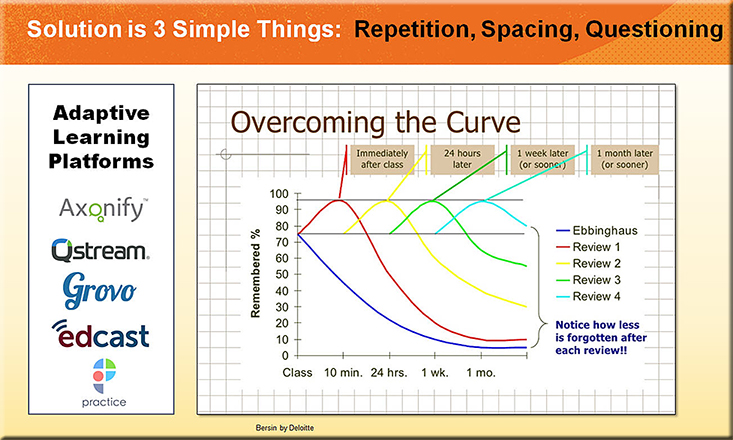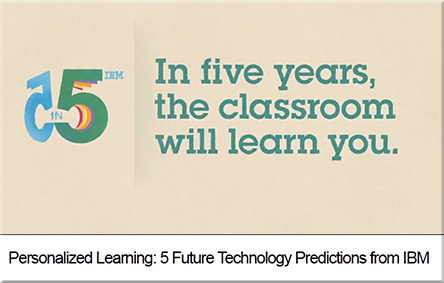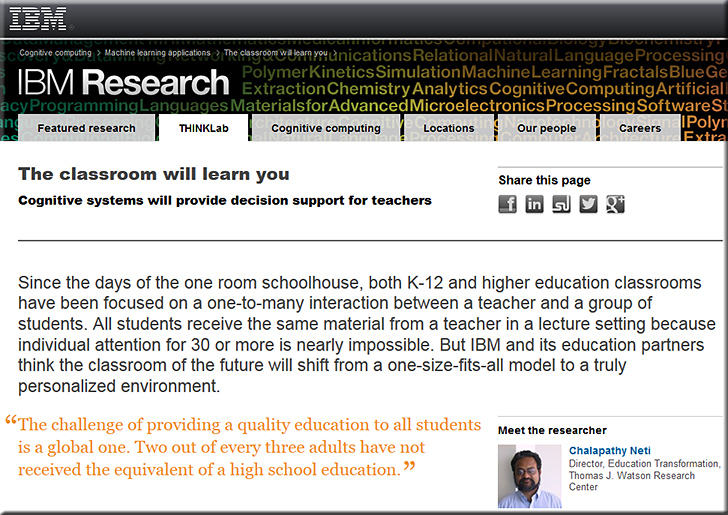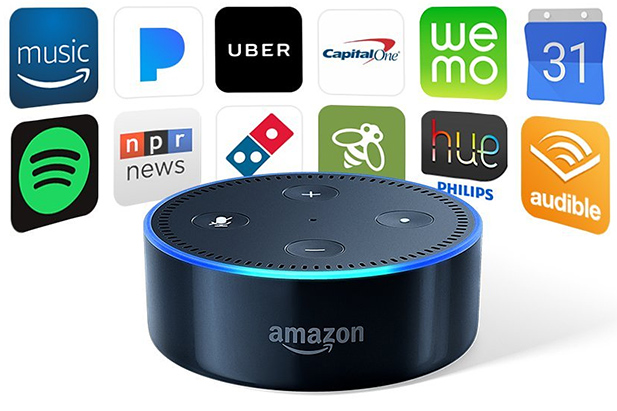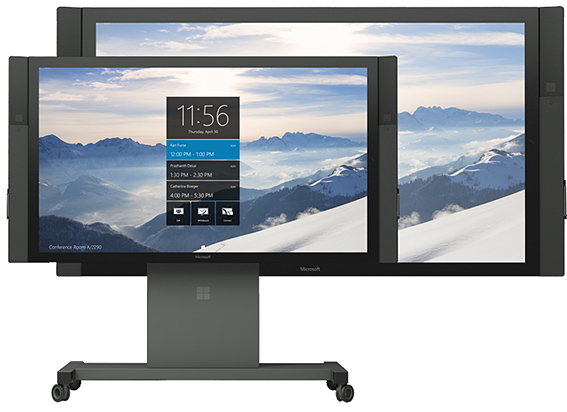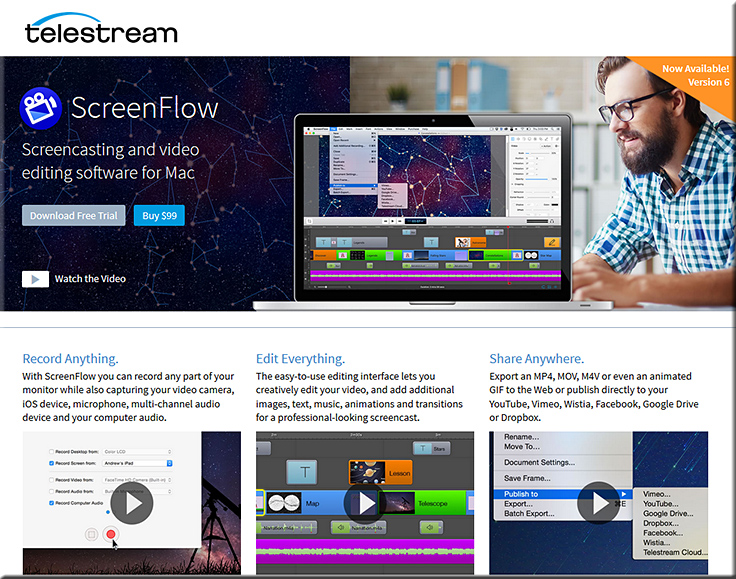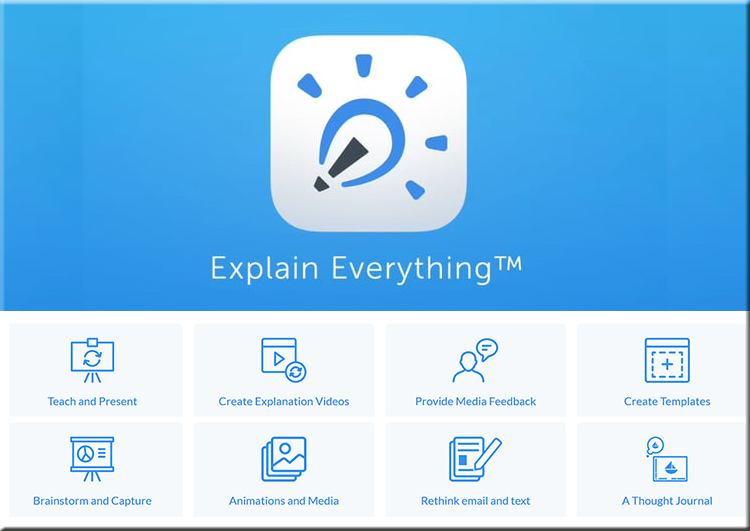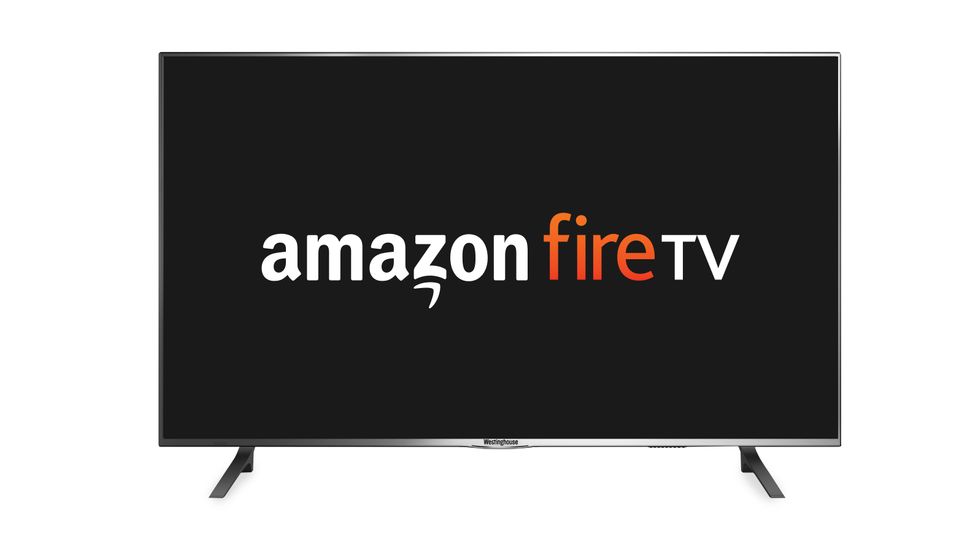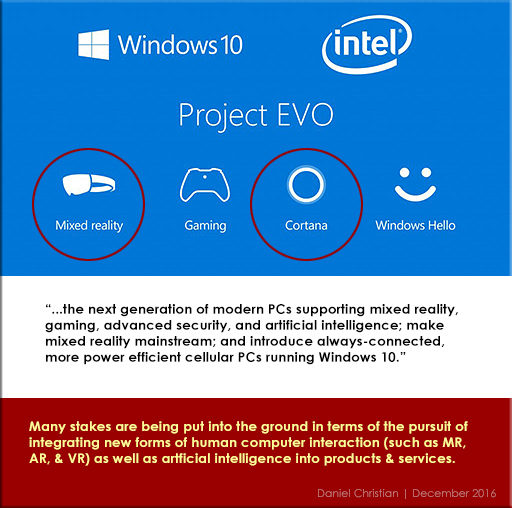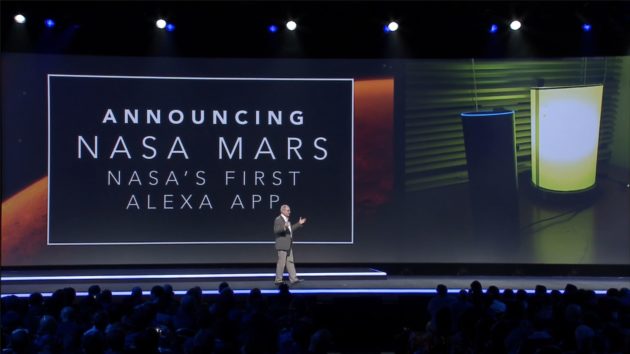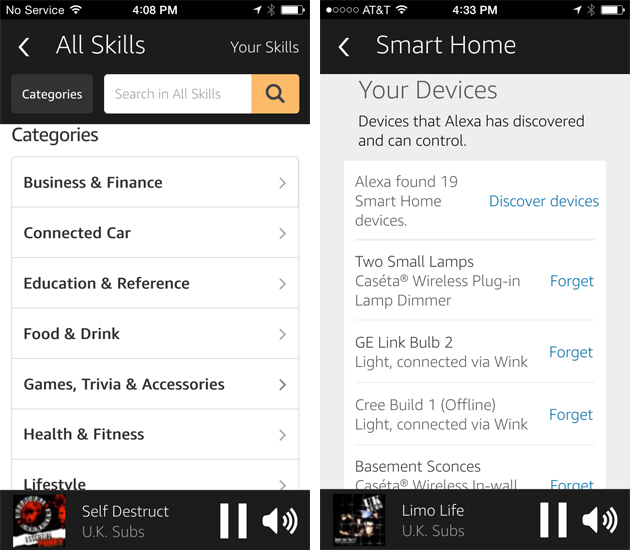The first state to offer free community college to nearly every adult – from npr.org by Emily Siner
Excerpt:
The opportunity to go to college for free is more available than ever before. States and cities, in the last year especially, have funded programs for students to go to two-year, and in some cases, four-year, schools.
Tennessee has taken the idea one step further. Community college is already free for graduating high school students. Now Tennessee is first state in the country to offer community college — free of charge — to almost any adult.
Republican Gov. Bill Haslam has long preached the importance of getting adults back to school. He says it’s the only way that more than half of Tennesseans will get a college degree or certificate.
And the program is simple: If you don’t have a degree, and you want one, your tuition is free.
From DSC:
I’m listing universities and colleges as some of the selected keywords/categories here as well, as such institutions will certainly be significantly impacted if this becomes a trend.
Increasingly, people need to reinvent themselves in order to remain marketable and employed — and to do so as quickly and cost-effectively as possible. That’s what I want to be involved in/with. But the direction that I would like to personally pursue is the development of a next generation learning platform/paradigm/system that helps people reinvent themselves, quickly and cost-effectively.* A system that offers constant, up-to-date, curated micro-learning streams of content on a lifelong basis. Team-based efforts will leverage this platform within K-12, higher ed, as well as in corporate learning & development space. Such a system will be accessed on the road, at home, in the office, in group study spaces/learning hubs, as well as in the classrooms across the land.
*If you or someone you know is working on a state-of-the-art, next generation learning platform, please email me at danielchristian55@gmail.com and let me know. I would greatly appreciate being involved in the development of this kind of learning platform — working on what the various pieces/tools should be and how the various features should work and interoperate. I can plug into other areas as well.









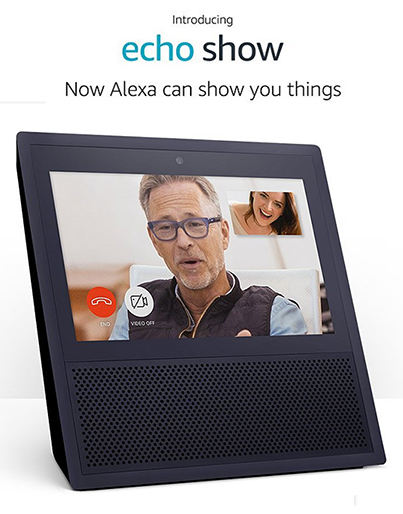
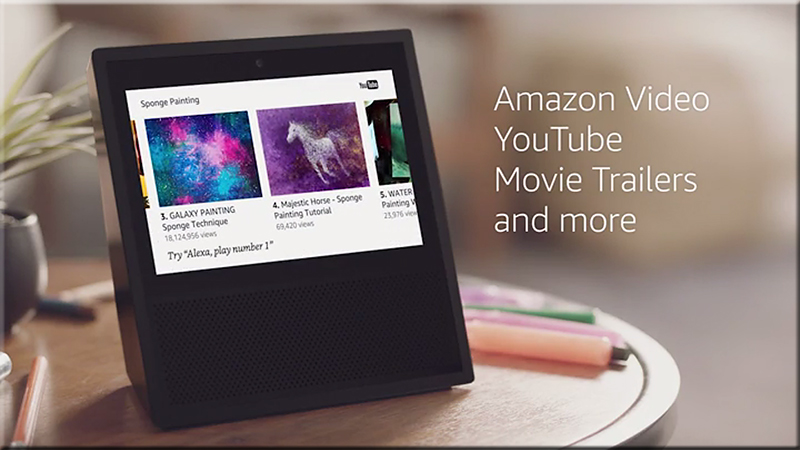


![The Living [Class] Room -- by Daniel Christian -- July 2012 -- a second device used in conjunction with a Smart/Connected TV](http://danielschristian.com/learning-ecosystems/wp-content/uploads/2012/07/The-Living-Class-Room-Daniel-S-Christian-July-2012.jpg)
